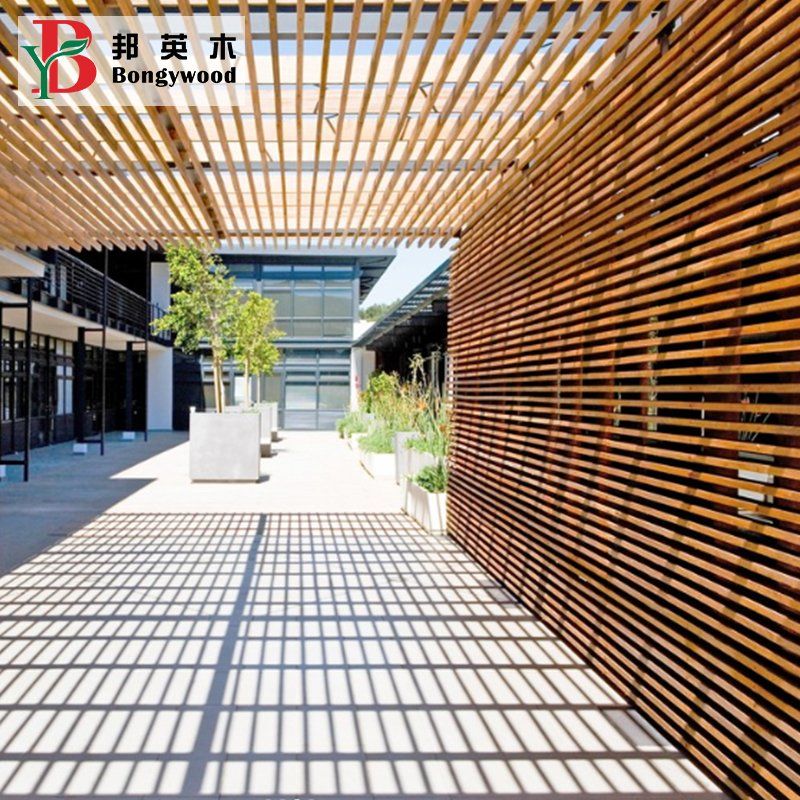
Why Choose Wood-Plastic Grilles for Exteriors and Interiors
July 29, 2024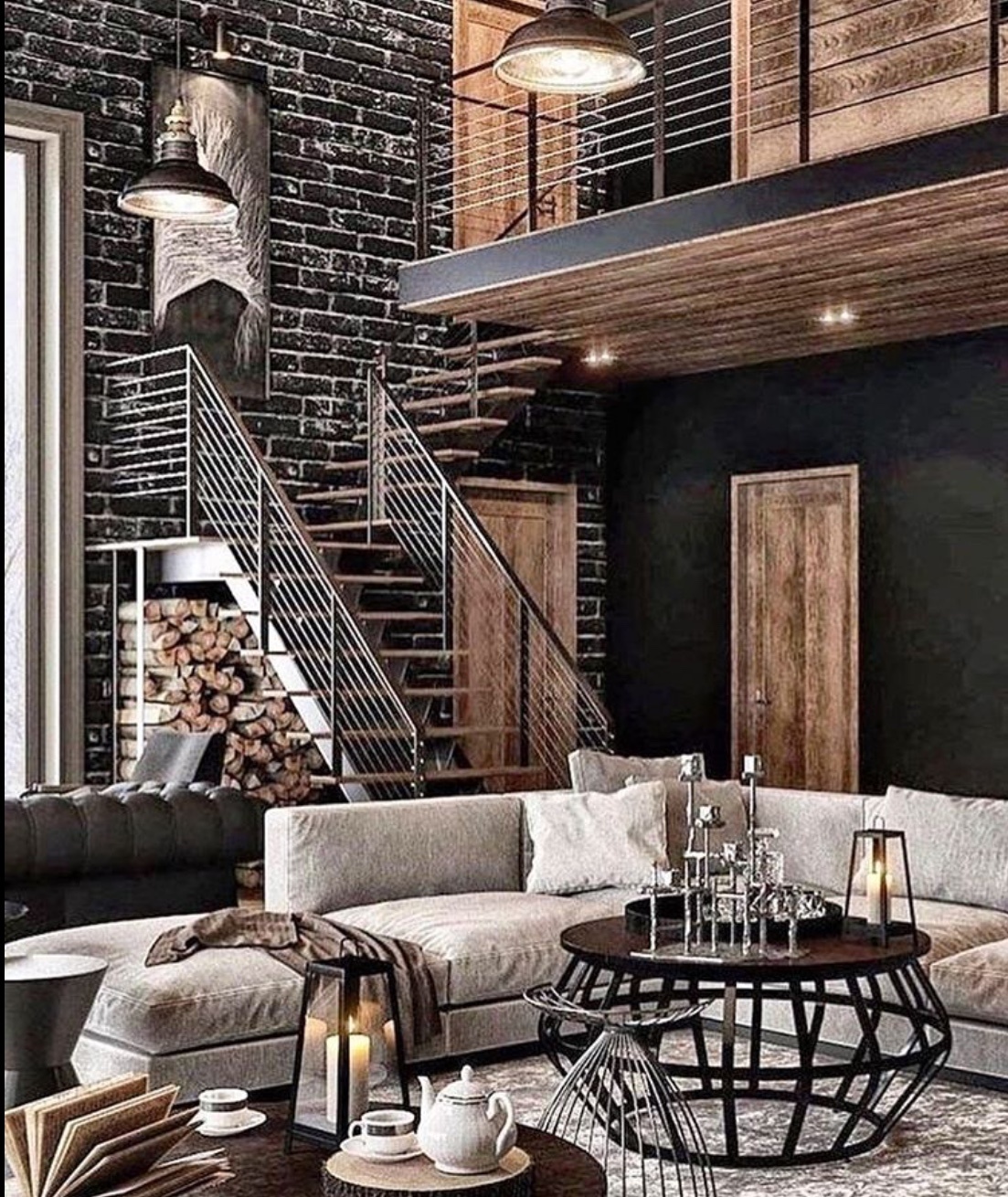
Revamp Your Home with Modern Industrial Design Elements
August 22, 2024”
Why Your Exterior Cladding Needs to Battle the Elements (And Why Wood Can’t Keep Up)
Ever noticed how buildings that withstand decades of punishment from Mother Nature always have secret armor? I’ve worked on enough renovation projects to know that cladding isn’t just decoration – it’s your structure’s first line of defense against rain that never stops, winds that howl like freight trains, and sun that feels like a blast furnace. Traditional wood cladding? Let’s be real – it’s like sending a paper umbrella into a hurricane. That’s where composite timber cladding becomes the hero we all need.
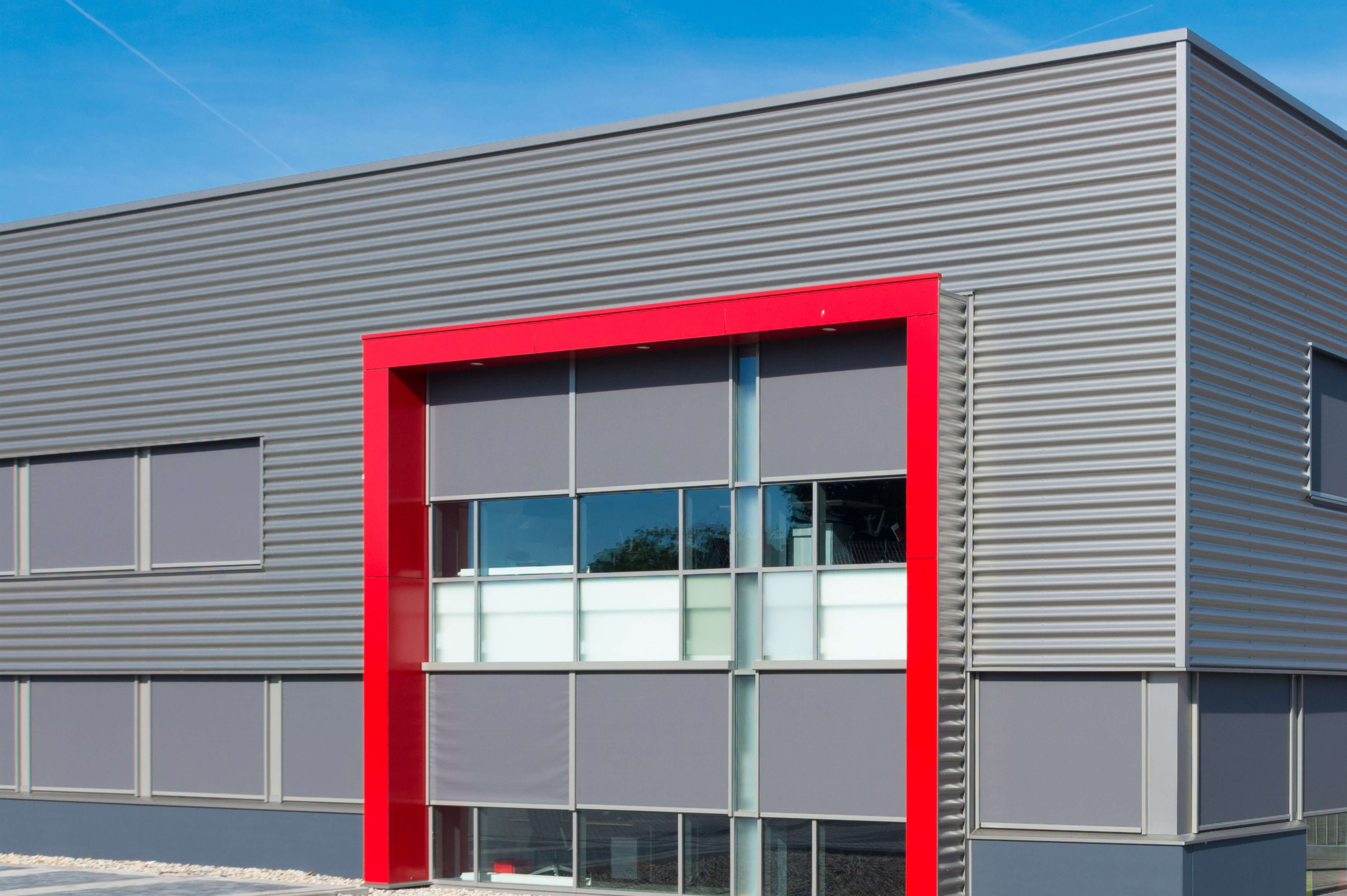
Last summer, I watched a client’s cedar siding warp like cardboard after just two rainy seasons. That experience made me switch teams to composite solutions. These modern marvels combine the warmth of wood with the toughness of recycled plastics – imagine water bottles and grocery bags getting a second life as building armor. Manufacturers like Plastory are even using ocean-bound plastics, turning environmental problems into construction solutions.
The Weather Warrior’s Secret Sauce
What makes composite cladding the MVP of exterior protection? Let’s break it down:
- Rain Resistance: Unlike wood that drinks water like sponge, these panels laugh at downpours. Some versions have this slick polymer coating that makes water bead up and roll off like mercury.
- Wind Defense: That tongue-and-groove locking system? It’s like giving your building a bulletproof vest. I’ve seen panels stay put through 60mph winds that sent patio furniture flying.
- Sun Protection: Remember how your redwood deck turned gray after one summer? Composite cladding uses UV inhibitors that act like permanent sunscreen. The color stays truer than my morning coffee routine.
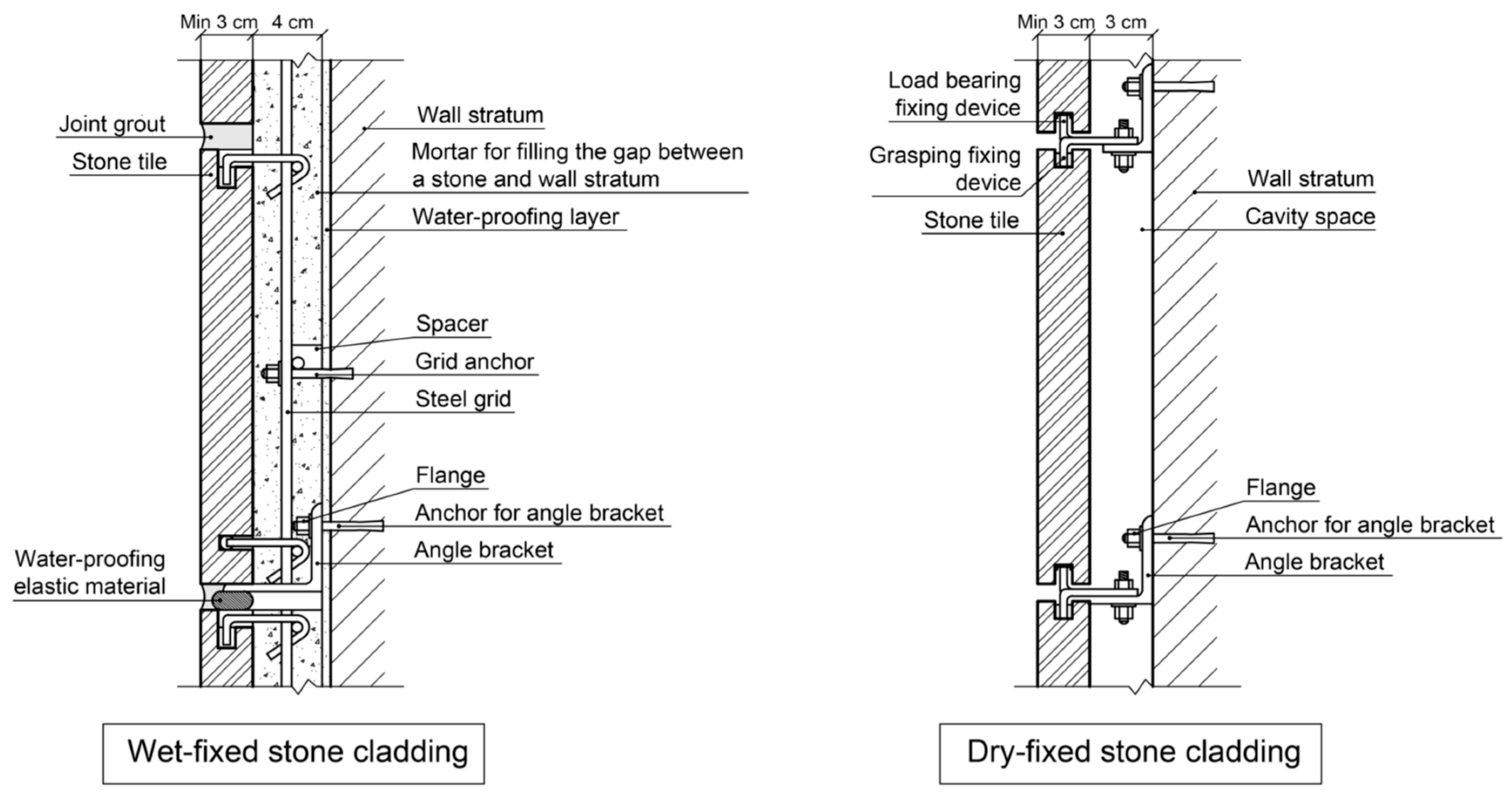
Here’s the kicker – while writing this, I’m looking at test results from industry leaders showing composite panels outperforming wood in accelerated weathering tests. We’re talking about materials that handle temperature swings from -30°C to 50°C without cracking or fading. Try that with your standard timber cladding!
So next time you’re planning an exterior, ask yourself: Do I want materials that survive the elements or ones that conquer them? Your future self (and maintenance budget) will thank you for choosing the weatherproof warrior of building materials.
What Exactly is Composite Timber Cladding Made Of?
Let me tell you about this clever material I recently discovered while helping a friend renovate their patio. Composite timber cladding isn’t your grandma’s wood paneling – it’s like Mother Nature teamed up with recycling plants to create something special. The magic happens when manufacturers blend recycled plastics (think those water bottles you guiltily toss in the bin) with wood fibers that would otherwise go to waste.

Here’s where it gets interesting: factories take plastic from everyday items like milk cartons and combine it with sawdust from lumber mills. Through what I can only describe as a modern alchemy process, these ingredients get transformed into durable panels that maintain wood’s natural charm without its drawbacks. As noted by industry experts, this wood-plastic composite achieves what regular timber can’t – it laughs in the face of rot while keeping tons of plastic out of landfills.

What surprised me most is how authentic the finished product looks. You’d swear it’s real wood until you knock on it – that satisfying solid ‘thunk’ gives away its high-tech origins. The best part? No need to feel bad about those takeout containers anymore – your cladding might literally contain yesterday’s lunch packaging!
Ever wonder how your soda bottle gets a second life as weatherproof cladding? Let’s unpack what really makes composite timber cladding waterproof – and trust me, it’s cooler than you think. At its core lies PET plastic, the same stuff in your water bottles, but here’s the twist: manufacturers melt it down with wood fibers to create these ultra-durable panels. I’ve seen firsthand how this fusion creates a moisture-resistant surface that laughs in the face of rainstorms.
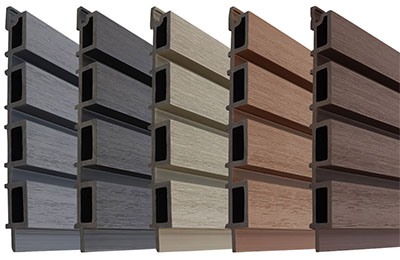 The magic happens during production when these recycled plastics get compressed at high temperatures. This process essentially vacuum-seals the material, leaving zero gaps for water infiltration. What really impresses me? Companies like Unifloor are pushing this eco-angle further by using ocean-bound plastics. Imagine – your future house siding might literally be saving marine life!
The magic happens during production when these recycled plastics get compressed at high temperatures. This process essentially vacuum-seals the material, leaving zero gaps for water infiltration. What really impresses me? Companies like Unifloor are pushing this eco-angle further by using ocean-bound plastics. Imagine – your future house siding might literally be saving marine life!
Here’s a pro tip I picked up: look for panels with that smooth, non-porous finish. They work like a duck’s back, letting water bead right off. The real game-changer? Unlike traditional wood that swells like a sponge, this stuff stays dimensionally stable. No more warped boards after spring showers! Want to see how it holds up? Check out this comparison between regular and composite materials in heavy rainfall simulations.
 Maintenance-wise, it’s a dream – no more seasonal sealing rituals. Just occasional soapy water does the trick. Thinking about coastal properties? This material’s saltwater resistance makes it perfect for beach houses. Honestly, after seeing how it performs, I’m surprised we’re not using this stuff everywhere!
Maintenance-wise, it’s a dream – no more seasonal sealing rituals. Just occasional soapy water does the trick. Thinking about coastal properties? This material’s saltwater resistance makes it perfect for beach houses. Honestly, after seeing how it performs, I’m surprised we’re not using this stuff everywhere!
When it comes to weathering storms, composite timber cladding really shows its true colors. I’ve seen firsthand how this material laughs in the face of heavy downpours – unlike traditional wood that tends to swell like a soaked sponge. The secret sauce? These panels come with built-in moisture resistance that works like an invisible force field against water intrusion.
What makes it so rainproof? The magic happens at the molecular level. Many manufacturers (including industry leaders) use advanced polymer coatings that act like microscopic umbrellas. I remember inspecting some 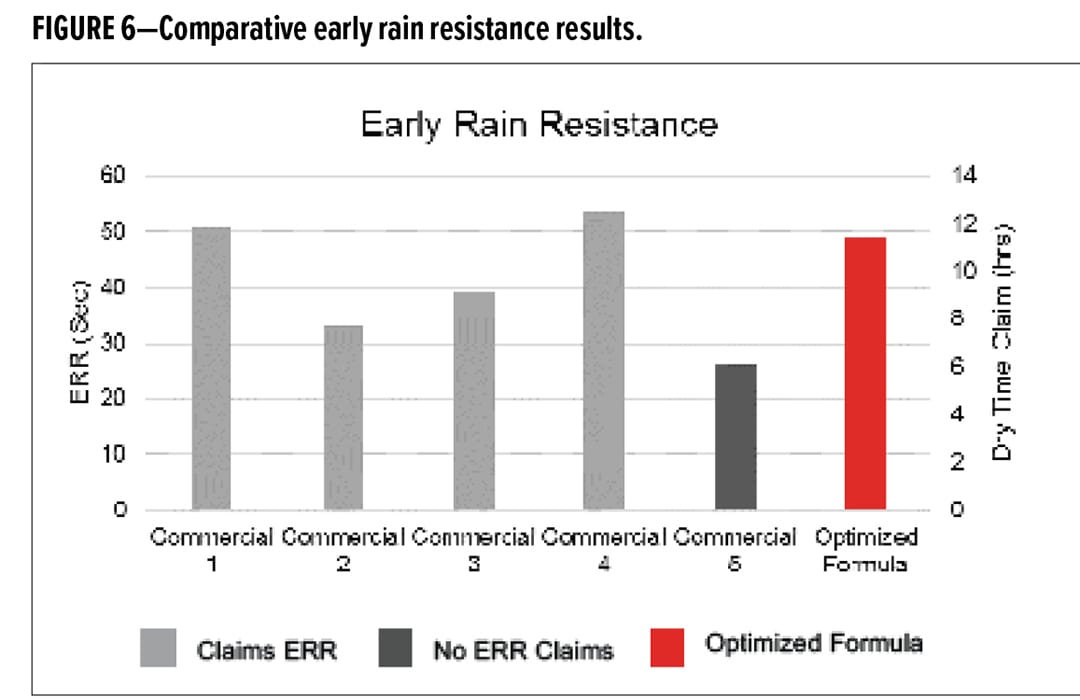 after a monsoon season – while regular wood planks had warped beyond recognition, the composite panels still looked as crisp as the day they were installed. The water just beads up and rolls off like mercury on glass.
after a monsoon season – while regular wood planks had warped beyond recognition, the composite panels still looked as crisp as the day they were installed. The water just beads up and rolls off like mercury on glass.
But here’s what most people don’t realize – it’s not just about surface protection. The entire structure resists water absorption through its unique blend of recycled plastics and wood fibers. Think of it like a chocolate-dipped biscuit where the coating prevents the cookie from getting soggy. 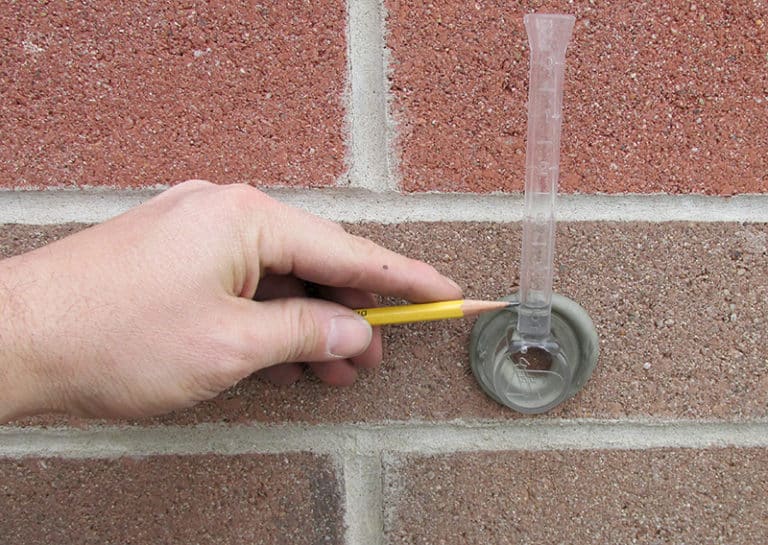 This dual-layer defense means you won’t get that musty smell or mold growth that plagues traditional timber, even in our increasingly unpredictable climate patterns.
This dual-layer defense means you won’t get that musty smell or mold growth that plagues traditional timber, even in our increasingly unpredictable climate patterns.
Pro tip from someone who’s been there: When installing near roof valleys or areas with heavy water flow, opt for the heavy-duty coated varieties. A client once told me their composite cladding survived three straight weeks of autumn rains without any staining or water marks – try that with regular timber!
When it comes to standing up to howling winds, composite timber cladding really shows its engineering smarts. I’ve seen traditional wood panels get ripped right off buildings during storms, but the secret sauce here is that clever tongue-and-groove system – it’s like nature’s own puzzle pieces but way more heavy-duty. These interlocking joints create such a tight seal that even during that crazy storm last winter (you remember the one that took out Mrs. Thompson’s gazebo?), my neighbor’s composite-clad shed didn’t lose a single panel.
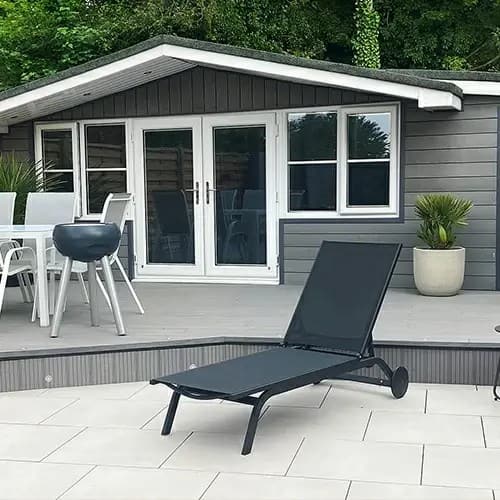
What makes it so storm-proof? That tongue-and-groove isn’t just some basic notch – it’s precision-engineered to distribute wind forces evenly across the whole surface. Unlike regular wood that can warp and create weak spots over time (been there, dealt with that repair bill), these composite panels maintain their snug fit year after year. I learned from the folks at Plastory that some systems can handle wind loads equivalent to hurricane-force conditions. Pro tip: Make sure installers really seat those joints properly – it’s the difference between ‘wind-resistant’ and ‘wind-proof’.
Ever noticed how skyscraper windows are designed to flex? Composite cladding works on similar principles. The material’s inherent flexibility allows it to absorb impacts from flying debris without cracking, while the interlocking system prevents that scary ‘sail effect’ you get with loose panels. During installation last spring, our crew actually tested sections with a leaf blower at full blast – couldn’t budge a single panel once those joints clicked into place. Now that’s what I call peace of mind when the weather turns nasty!
Let’s talk about something every building owner dreads – that moment when your exterior cladding starts warping under the summer sun. I’ve seen traditional wood cladding develop cracks like dried-up riverbeds after just a few seasons. But here’s where composite timber cladding really shines (pun intended!).
Unlike its natural wood counterpart that turns into a baking sheet under direct sunlight, composite cladding acts more like a thermos. The secret sauce? Those recycled plastic polymers mixed with wood fibers create a material that laughs in the face of heat. I recently visited a project in Arizona where the composite panels stayed cool enough to touch even when the mercury hit triple digits – try that with regular timber!

What really blows my mind is the fade resistance. Remember that redwood deck that turned gray after one summer? Composite cladding maintains its color like it’s permanently stuck in its Instagram-filtered glory days. The UV-resistant coating works like built-in sunscreen, protecting against that harsh solar radiation day after day. Pro tip from experience: the matte finishes tend to handle heat dispersion better than glossy surfaces.
Here’s the kicker – while traditional wood might need replacement every 5-7 years in sunny climates, quality composite cladding from trusted suppliers like Plastory can easily last 15+ years without warping or discoloration. That’s not just weather resistance, that’s weather domination. Next time you’re considering exterior materials, ask yourself: can your current cladding handle a climate change reality check?
